What Term Describes Development of New Species and Mass Extinction
In this extinction event many small organisms of the sea became extinct. The term mass extinction is most commonly reserved for the so-called Big Five events.

What Comes After Mass Extinctions Understanding Evolution
This is the largest of all known mass extinctions with a massive 96 of all species on Earth completely lost.

. It is a type of short-term change. It is a type of short-term change. Select three correct choices.
The development of new species and extinction of existing species are natural processes that have always occurred. The change in _____ frequency is an indication of microevolution occurring. Short intervals in which 7595 of existing species were eliminated.
The discovery of Archeopteryx a transitional species with characteristics of _____ and ______ validated the idea that species change over time to drive the formation of new species. Species show variation - all species over-produce - despite over-production population levels remain the same - over-production leads to competition for resources - the fittest organisms survive - these organisms reproduce passing their strong genes to the next generation - over time gene pool changes and new species emerge. Start studying Mass Extinctions Vocabulary.
This typically occurs when a species cannot adapt well enough or fast. Mass extinctions in the fossil record define the geological periods of the history of life on Earth so they typically occur at the transition point between geological periods. It is caused by the growth of the human population.
The KT event mentioned earlier is one of the Big Five but not the largest. Mass extinctions are defined as any substantial increase in the amount of extinction lineage termination suffered by more than one geographically wide-spread higher taxon during a relatively short interval of geologic time resulting in an at least temporary decline in their standing diversity Sepkoski 1986 p. We have step-by-step solutions for your textbooks written by Bartleby experts.
It denotes large-scale evolution that occurs at the level of species and above. It results from the disappearance of a few organisms in a short time. The unchanging environment following a mass extinction drives the evolutionary process c.
Start studying Mass Extinctions. Over time all living thing have evolved. When 60 of species are wiped out within a million years.
Mass extinction is the term used to describe species becoming extinct. Log in Sign up. Textbook solution for Biology 2e 2nd Edition Matthew Douglas Chapter 45 Problem 35CTQ.
In effect a mass extinction cleans the slate creating new evolutionary niches which promote a wide range of species increasing biodiversity competition and in some cases increasing complexity. The dying out of a species. Terms in this set 12 rapid extinction of a large number of lineages scattered through the tree of life.
Evolution is the term that describes development of new species and mass extinction. That said while Cuvier could explain extinction he. Learn vocabulary terms and more with flashcards games and other study tools.
It is caused by the growth of the human population. The transition in fossils from one period to another reflects the dramatic loss of. It results from the disappearance of a few organisms in a short time.
At the most basic level mass extinctions reduce diversity by killing off specific lineages and with them any descendent species they might have given rise to. The first mass extinction is called the Ordovician-Silurian Extinction. Speciation is the term used to describe the development of new species.
The environment induces changes in the timing of development for many species. The issue that is concerning is that our current extinction rate is much higher than the background ie normal extinction rate that would be expected. The third major mass extinction was during the last period of the Paleozoic Era called the Permian Period.
Many adaptive zones are empty d. Log in Sign up. It occurred about 440 million years ago at the end of the period that paleontologists and geologists call the Ordovician and followed by the start of the Silurian period.
Background and mass extinction. The Sixth Mass Extinction also known as the Holocene Extinction and Anthropocene Extinction is an ongoing extinction event of species during the present era known as the Holocene Epoch due to human activity. Which statements describe a human-created mass extinction.
It would seem to indicate that we are in a period of mass extinction. It is a type of long-term change. After the catastrophic event the Earth got soon repopulated with new species of organisms.
In this way mass extinction prunes whole branches off the tree of life. Which statements describe a human-created mass extinction. It is no wonder therefore that this major mass extinction has been dubbed The Great Dying.
While mass extinctions are from exposure to harsh conditions. It is conventional to divide extinctions into two distinct kinds. Microevolution on the other hand denotes the smaller evolutionary changes of allele frequencies within a species or population.
It is a type of long-term change. Macroevolution is the term that describes development of new species and mass extinction. It results from the disappearance of entire species in a short time.
The survivors of a mass extinction are remarkably well adapted to their environment b. Check all that apply. It results from the disappearance of entire species in a short time.
Many ecological niches are filled e. But mass extinction can also play a creative role in evolution stimulating the growth of other branches. Scientists have observed that this extinction event is the serious environmental threat to human civilization.
Learn vocabulary terms and more with flashcards games and other study tools.

The Evolutionary History Of The Animal Kingdom Biology I
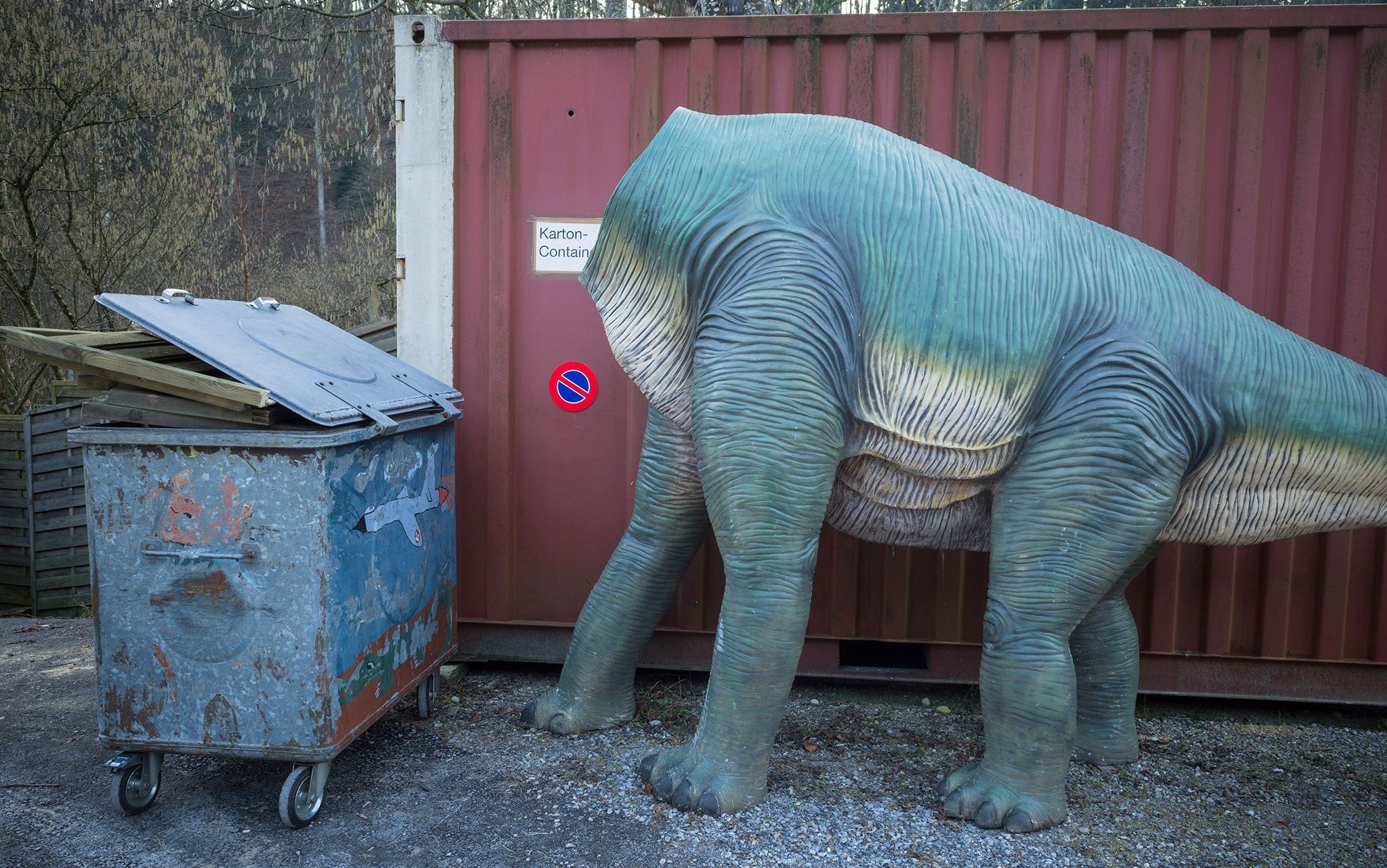
Mass Extinctions Don T Drive Evolutionary Change Life Does Aeon Essays
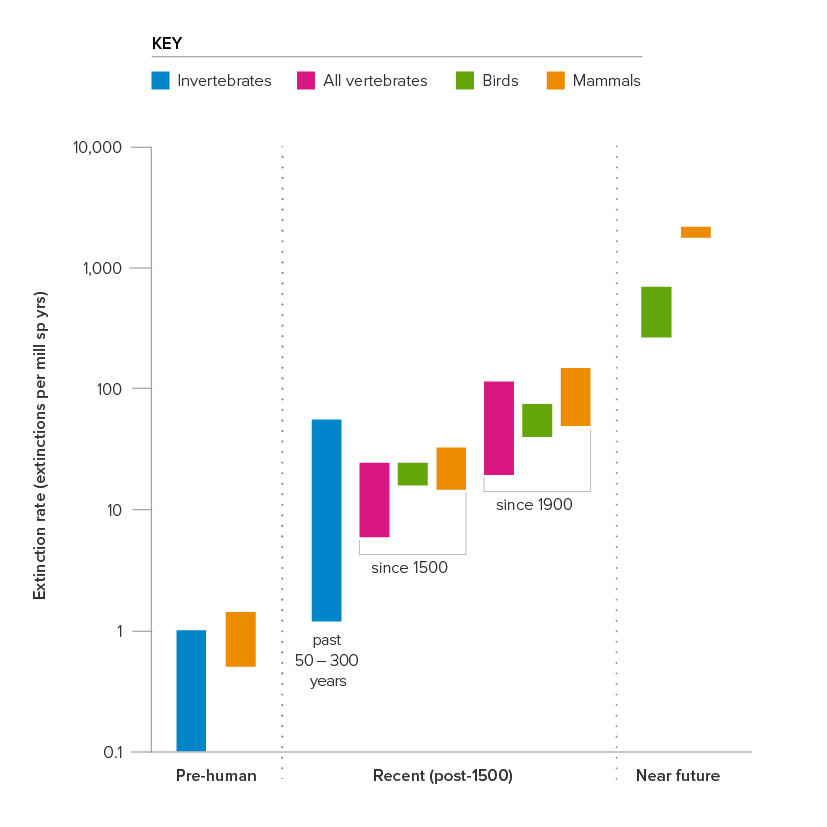
Past And Future Decline And Extinction Of Species Royal Society

Mass Extinctions And Climate Variability Organismal Biology
The Biosphere And Mass Extinctions

What Comes After Mass Extinctions Understanding Evolution

Formation Of New Species Biology I

Investigating Biotic Interactions In Deep Time Trends In Ecology Evolution
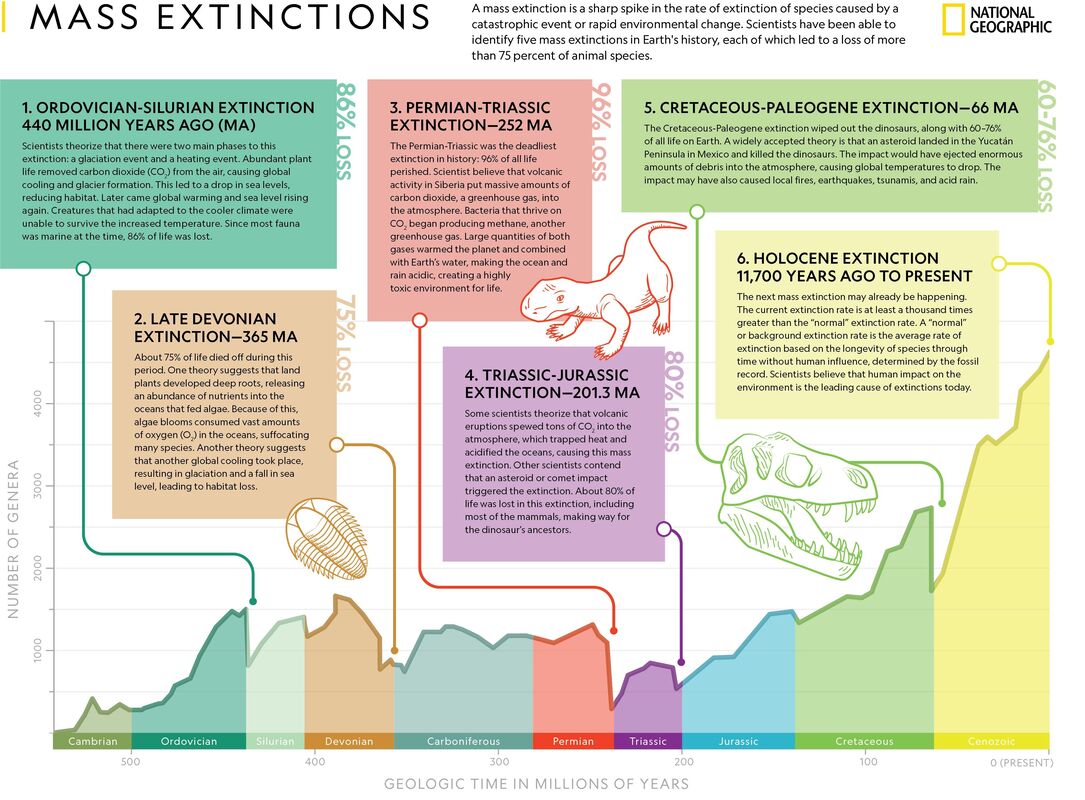
Ess Topic 3 2 Origins Of Biodiversity Amazing World Of Science With Mr Green

Investigating Biotic Interactions In Deep Time Trends In Ecology Evolution

Mass Extinctions And Climate Variability Organismal Biology

Did Ancient Primates Walk Alongside T Rex New Evidence Backs Up Theory National Geographic

Formation Of New Species Biology I

Mass Extinction An Overview Sciencedirect Topics

Ess Topic 3 2 Origins Of Biodiversity Amazing World Of Science With Mr Green

Adaptive Radiation The Definitive Guide Biology Dictionary
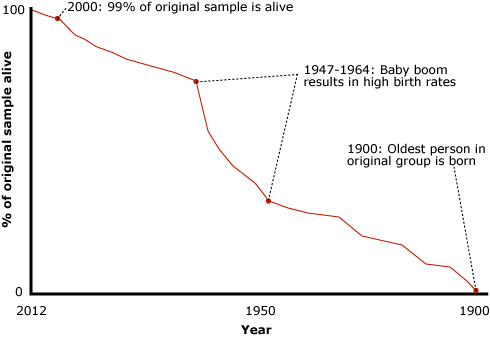
What Comes After Mass Extinctions Understanding Evolution

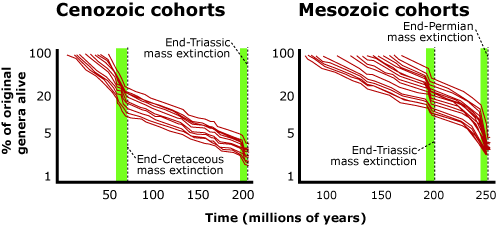
Comments
Post a Comment